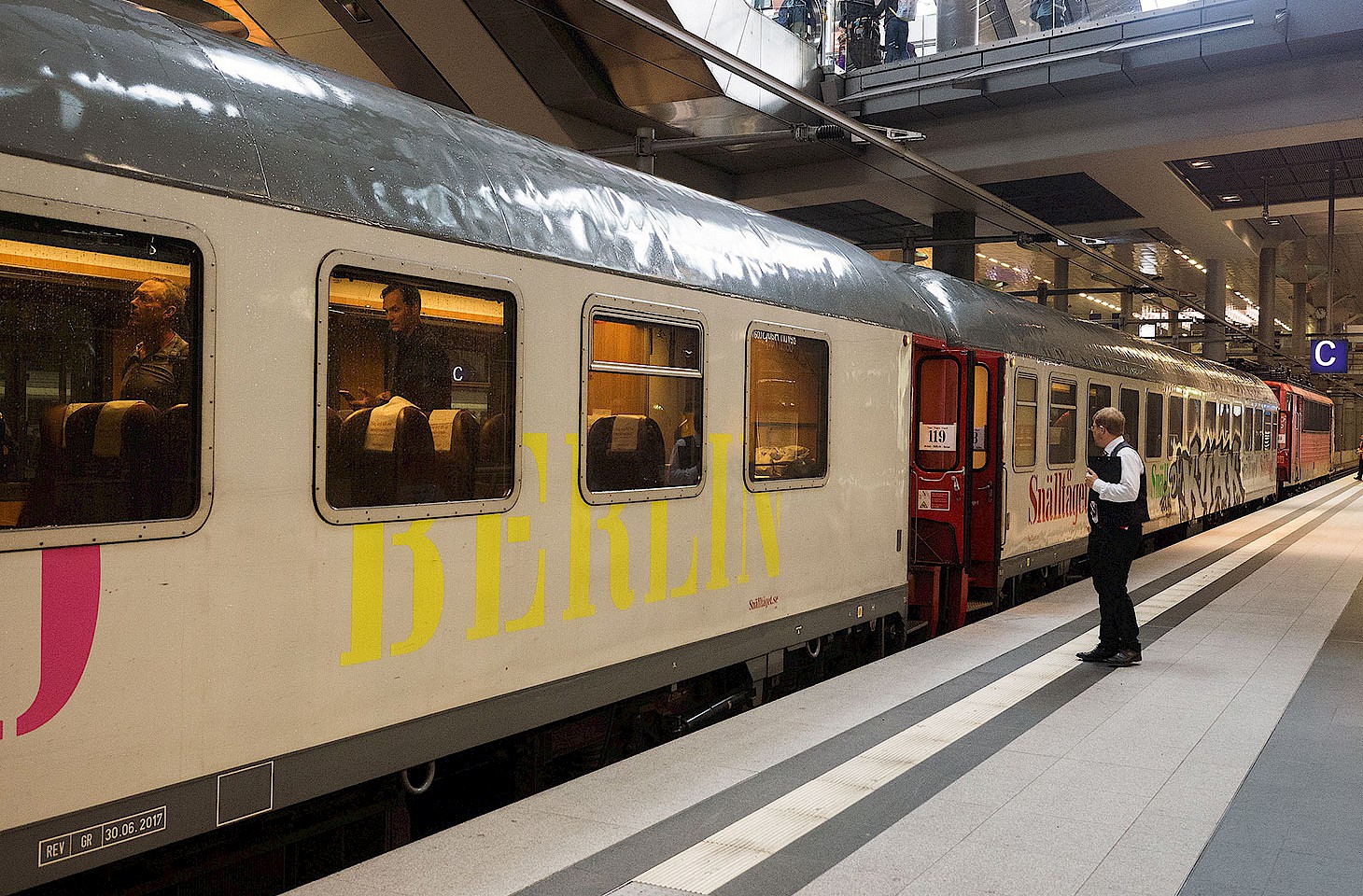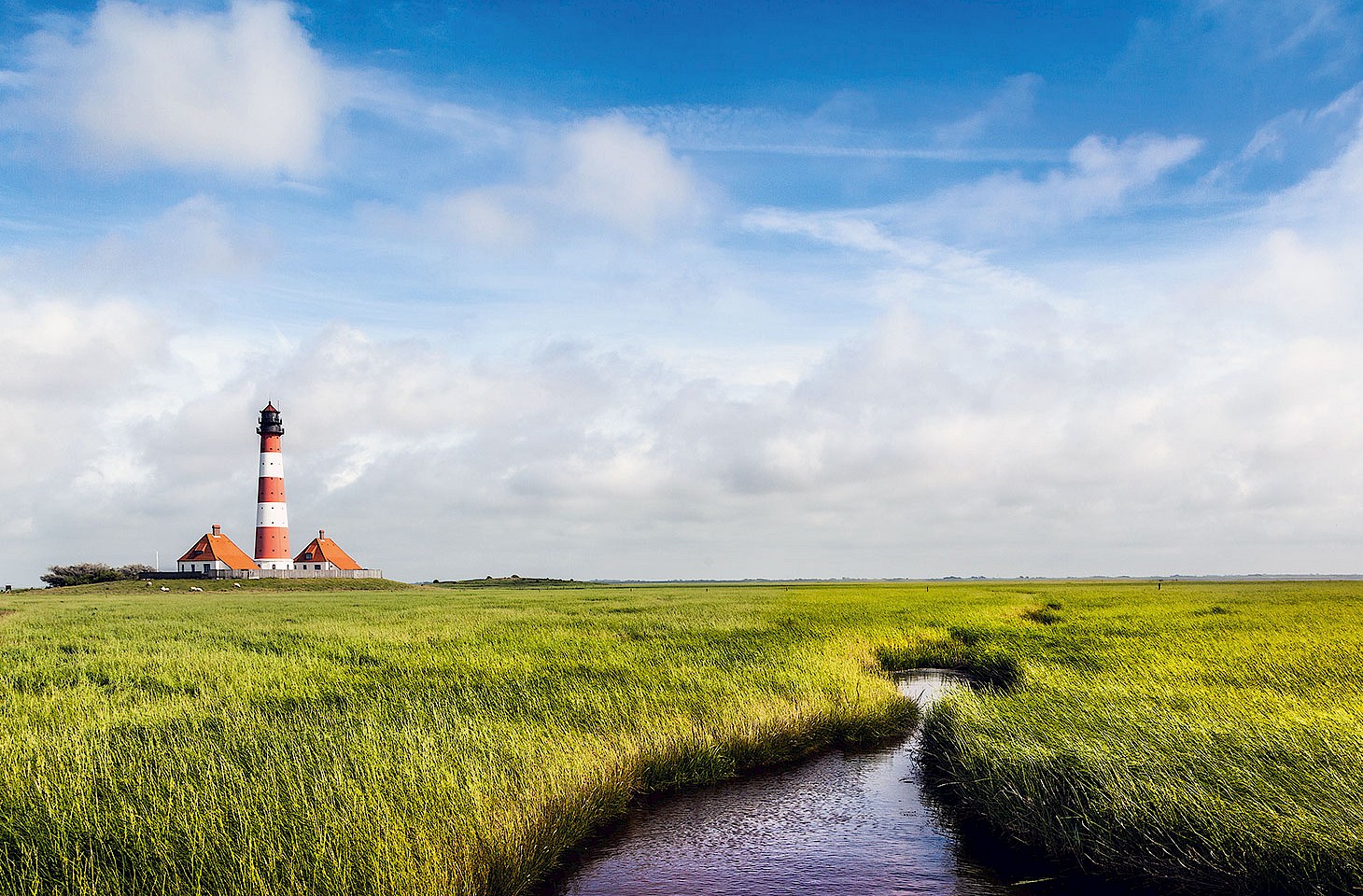On good days, Sylt is a lithesome figure that dances on the edge of the North Sea. A sort of nymph that guards access to Jutland behind. On dull days, Sylt just lies sullen, shrouded by charcoal cloud, and the lazy waves leave their murky flotsam on the beach. But it is on wild days that Sylt really comes alive in its watery solitude. The winter storms often bring a taste of sorrow. Last night the body of a man was washed up on the beach at Westerland. Shrivelled, battered, worn and unknown, the man lay on the ribbed sands just below the promenade, where once, one summer long ago, Scheherazade weaved delicate stories for a great flock of spellbound children.
There are two sides to Sylt. The east has soggy edges as tidal flats and salt marshes keep Sylt apart from the mainland. It is a sea that comes and goes. Far away in the distance, Danish wind farms harvest invisible energy. The other side of Sylt, the west, presents quite another demeanour. Real sea pounds at the ponderous dunes. Catch the dunes at summer sunset, and they shine in fierce red-gold. Thousands flock to Westerland for holidays. Buckets, spades and prosecco on the beach.
In winter, affluent couples who prefer pedigree dogs to children brave the shrapnel spray and walk the promenade, and spellbound by their self-importance they might catch echoes in the wind of Scheherazade's stories - talesof make believe, of elves and nymphs, that always have a happy ending. Not all Sylt endings are happy though. The corpse on the beach last night was not the first victim of the sea.




